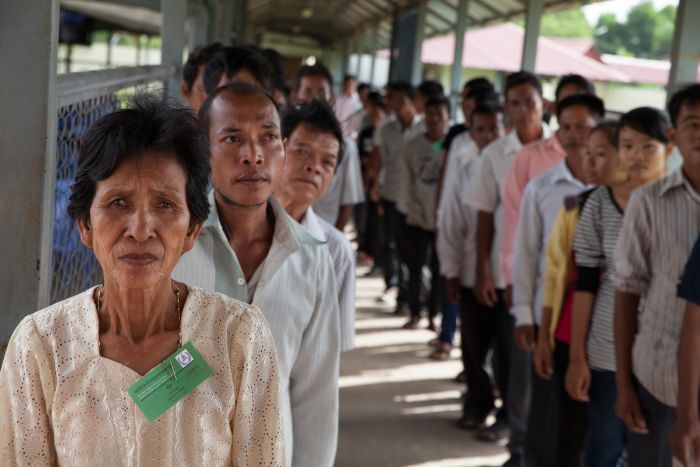Was Turatsinze Linked to the RPF?
While it is clear that Turatsinze had ties with the moderate Hutu political opposition inside Rwanda, and particularly with the MDR party, his links with the armed RPF rebels are more controversial. Appearing before the Rwanda war crimes tribunal, several witnesses speculated that Turatsinze might have been an RPF agent who had managed to infiltrate the Interahamwe. However, reliable evidence to support such speculation is lacking.
What seems incontestable is that the RPF found out very quickly that UNAMIR had succeeded in “infiltrating” the Interahamwe and may have offered him “protection.” It is also certain that Turatsinze joined the Tutsi-led rebel group soon after breaking with the Interahamwe—contrary to his statement to UNAMIR officers that he was going to Congo for “combat training” with the Hutu-dominated militia.
The most authoritative account on what happened to Turatsinze after UNAMIR rebuffed his request for protection is provided by his wife, Genevieve. According to the statement she provided to the ICTR, her husband moved to Tanzania, where he met with relatives who were RPF members. About two weeks before the shooting down of President Habyarimana’s plane on April 6, 1994 (the event that triggered the genocide), Turatsinze joined the rebels in northern Rwanda.
Turatsinze seems to have been on good terms with RPF leaders who operated out of the town of Mulindi in northern Rwanda prior to capturing the town of Byumba. In late 1994, the family received news from a Muslim member of the new, Tutsi-led government, Abdul Karim Harelimana, that Turatsinze had been “killed in battle.”
Like several other aspects of the “Jean-Pierre” story, the circumstances of Turatsinze’s death remain shrouded in mystery. His widow was unable to establish where he died, or how—or even whether he was “surely dead.”


